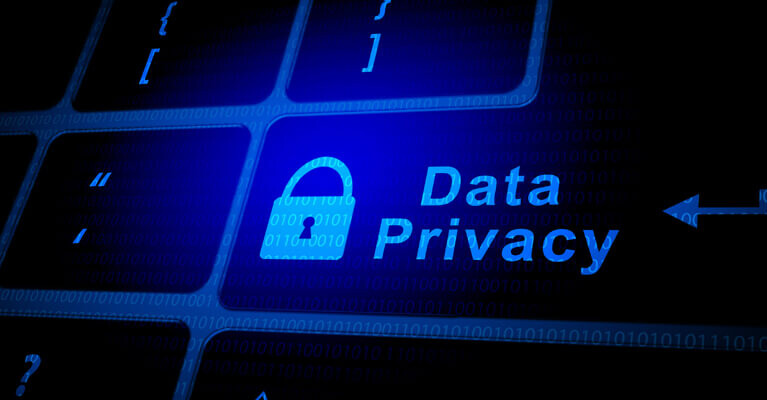October Cybersecurity Awareness Month Tip: Don’t Fall for Phishing Scams

One of the easiest ways for fraudsters to scam you is pretending to be your bank, or another reputable business, and alerting you about a fake security issue with your account. They will ask for card numbers, account numbers, user IDs, passwords and PINs, but it is important to know that “Banks Never Ask That!”
Since 2020, the American Bankers Association® (ABA) has launched a fall anti-phishing campaign, “Banks Never Ask That,” to educate banking customers on what would be a legitimate message from your bank and what is not.
In 2021, the Federal Trade Commission’s report on fraud estimated that American consumers lost more than $5.8 billion to phishing schemes and other fraud tactics, an increase of more than 70% from the prior year. With the rise of online banking and the convenience of mobile applications, fraudsters are taking advantage through increased phishing attacks.
WSFS is committed to protecting Customers’ information and has teamed up with the ABA in the effort to help raise awareness, educate and provide resources to our Customers to defend against phishing and other scams.
First and foremost, it is important to recognize that the bank already has your account information and certainly doesn’t need to have your password, card PINs or other secret information.
Your bank will never ask you to follow a link to upload personal information. If you receive any message claiming to be from your bank that seems suspicious, don’t respond to it and call the number on the back of your card, or visit your local banking office!
Scammers will attempt to get you to provide your sensitive information, send money or click a link with viruses or malware to compromise your devices.
Some common red flags to look for include unexpected emails or texts asking for your information, misspellings, and branding or email addresses of the legitimate company the scammers are claiming to be looking off or not matching the real domain address.
Take your time evaluating the legitimacy of these messages before clicking any links, and when in doubt, close the message and call your financial institution directly using the phone number on the back of your debit or credit cards.
To help protect yourself and your information, it is also important to keep your device software as well as anti-virus and anti-malware software updated, use complex passwords and never reuse the same one across different accounts, and enable two-factor authentication where possible.
Unfortunately, scammers are often one-step ahead of their victims. If you’re the victim of a scam, it is important to take a few steps immediately to limit the damage, including having your compromised devices professionally wiped, contacting all of your financial institutions to freeze your accounts and get new cards, placing a fraud alert on your credit reports with the major credit bureaus (Equifax, Experian and TransUnion), and filing a report with the police, the Federal Trade Commission and Federal Bureau of Investigation.
For more tips on how to keep yourself and those around you safe from phishing criminals trying to scam you, visit www.BanksNeverAskThat.com, the WSFS Bank Knowledge Center and our Security page.

Helping you boost your financial intelligence.
Read our financial resources from your friends at WSFS.



